by Lauren Hack
From a recent project in Nicaragua, where WaterStep works with Water Ambassadors of Canada and Puentes de Esperanza.
[fullwidth]
Anacielo approached the well where our team was working with some uncertainty. Here was a sight she didn’t see every day: The hand pump that she used to get water for all of her cooking, washing, and drinking was dismantled with its tank in the air, spouting water.
While uncertain, she seemed determined. “Are you using that water?” she asked. We told her we were pumping water to measure the flow, but that she could certainly have the water if she’d like. Her face brightened and she motioned to up the hill where her husband stood.
“Get the buckets!”
[/one_half]
Within minutes Anacielo was filling a 50-gallon barrel her husband had carried from their house. She worked patiently as she poured bucket after bucket into the barrel. She assured me that she would only use this water, which was murky from sediment kicked up by the pump, for cleaning floors. This was more water than she’d seen in a while, and she wanted to take advantage of the momentary wealth.
Water was precious in Las Cañas. Here, everyone depended on one of several wells for all of their water needs. This particular well had produced less water in recent months. Now, a person might pump for an hour or so before the water stopped flowing, leaving the well dry until the next day.
(Dropping an electric submersible pump down a well is a little unusual for a well repair project. We were interested to see how much water there was in the well, based on the community’s information that water flow had been low, stopping after an hour or two of pumping. The logical explanation was that either the water table was lowering, or debris was clogging the screen at the bottom of the borehole, preventing water from passing through. If it was the latter, we hoped the submersible pump might unclog some of it.)
As the water ran clearer, word of the flowing pump spread.
Another woman showed up with a few 5-gallon buckets. Then another got line.
Family members showed up with buckets. A small crowd gathered in the courtyard of the town kindergarten. People filled their buckets, took them home, then came back to get in line again.
While we were waiting, Anacielo spoke to me of the continued presence of our local partners Puentes de Esperanza in Las Cañas. This well had originally been converted to a closed India Mark II hand pump system from an open rope pump system three years ago. Before that Puentes had set up medical clinics and helped with the construction of the church. She spoke of the impact it had in Las Cañas and how their continued support meant hope for her and her community.
After everyone had filled their buckets to satisfaction, the team finished repairing the well. Water was flowing steadily, as it had been for several hours. People from Las Cañas gathered around the well for a photo and took turns at the newly-repaired well.












